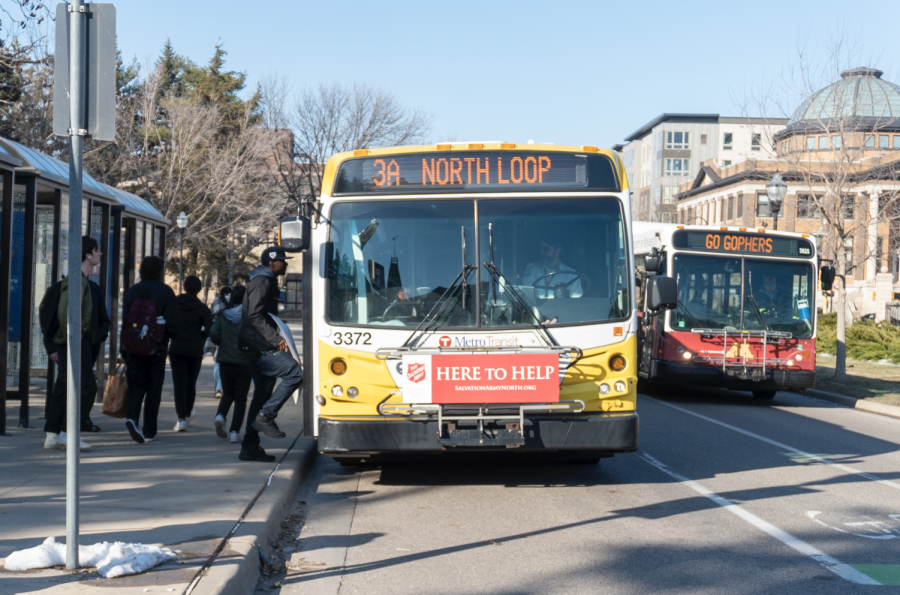The University of Minnesota is moving forward with plans to build a $250-million ambulatory care center near campus.
The five-story Academic Ambulatory Care Center would be built on Block 12, a University-owned parking lot on the intersection of Southeast Essex and Ontario streets.
Plans for the care center have been in the works for years, but the project was shelved during the economic downturn in 2008 because the building didnâÄôt have a viable financing plan, University Chief Financial Officer Richard Pfutzenreuter said.
In a special meeting Monday morning, the Board of Regents unanimously approved up to $150 million in special- purpose bond financing that was required before the University could apply for $100 million in federal funding for the rest of the project.
Although the University would issue the bonds, they would be paid off by the University of Minnesota Physicians and Fairview Health Services, the UniversityâÄôs two partners in the project, who will occupy space in the building.
The 405,000-square-foot building would house a surgery center and clinical space for a variety of specialties, ranging from primary care to allergies to oncology.
It is intended to address crowding at the current home for most of the UniversityâÄôs clinics, the Phillips-Wangensteen Building, which was built in 1974 and currently serves five times as many patients as originally planned, University of Minnesota Physicians CEO Bobbi Daniels said.
The federal funding was made available this summer as part of the Affordable Care Act and the grant application must be filed by Thursday. The application received approval from Gov. Tim Pawlenty on Monday evening.
Because of restrictions on the grant, Pfutzenreuter estimated only about a dozen institutions nationwide are eligible for the award, which will be given out on Dec. 15. If the University receives the funding, construction would start within a year and finish by Jan. 1, 2014, he said.
Without the grant, the project wonâÄôt be done, Pfutzenreuter said, and capacity problems at the current clinics will remain.
“The project will simply go back on the shelf pending some point in the future, which I think isnâÄôt far away, where it will have to be dealt with,” he said.
Daniels said the current clinics will look into relocating services and taking advantage of new technologies like electronic visits to deal with capacity problems if the University doesnâÄôt receive the grant. But decentralizing services is not an ideal solution, she said.
“The core of our services âĦ do require interactions between a number of different specialties and large care teams in order both to provide the care that our patients need as well as the educational experience that our students and residents need,” she said.
Even if the Care Center is built, the University will still have to deal with space issues in 2020 when the new building is projected to reach its maximum capacity.
The prospect of a five-story building being built among houses and apartments has left some in the Motley neighborhood, which includes Block 12, uneasy.
ResidentsâÄô biggest concern is the appearance of the building and how it will fit in with the rest of the neighborhood, said Rebekah Lorence, chairwoman of the Motley Crew, a subcommittee of the Prospect Park East River Road Improvement Association, which deals with
neighborhood issues.
Lorence pointed out that in addition to students, the area around Block 12 is home to families and children who will be affected long-term by increased vehicle and foot traffic in the area.
Although the PPERRIA has attempted to work with the University to lessen the impact of the Care Center and has proposed alternate plans for the development of Block 12, Lorence said, “ThereâÄôs been absolutely noresponse.”
“Every time the PPERRIA has met with the contingency from the University, itâÄôs a bunch of posturing about what theyâÄôre going to do or not do in the neighborhood,” she said. “ThereâÄôs really a huge disconnect. ThereâÄôs no continuity with the University at all. ItâÄôs just a bunch of hot air.”
















